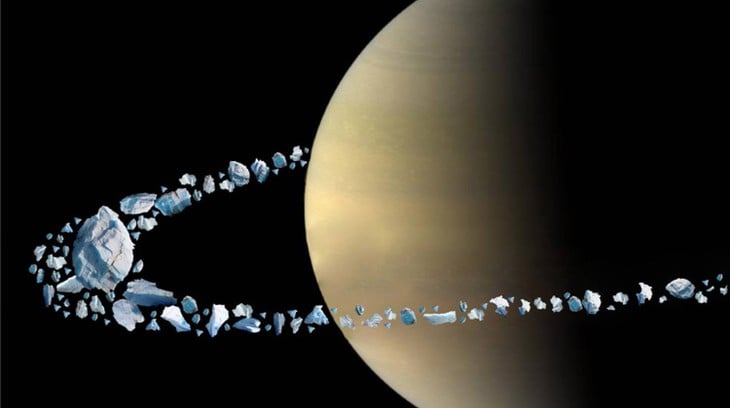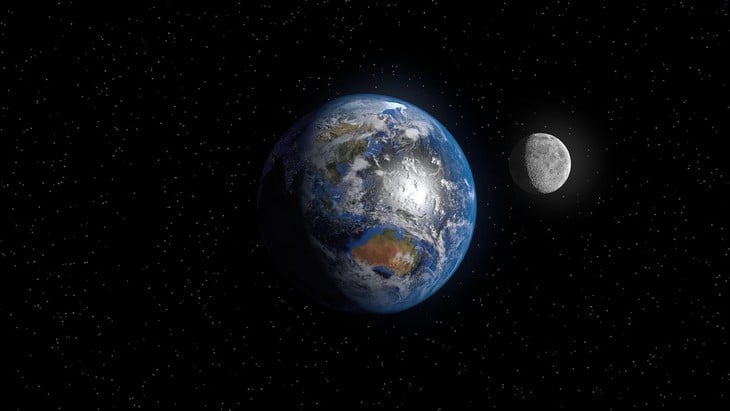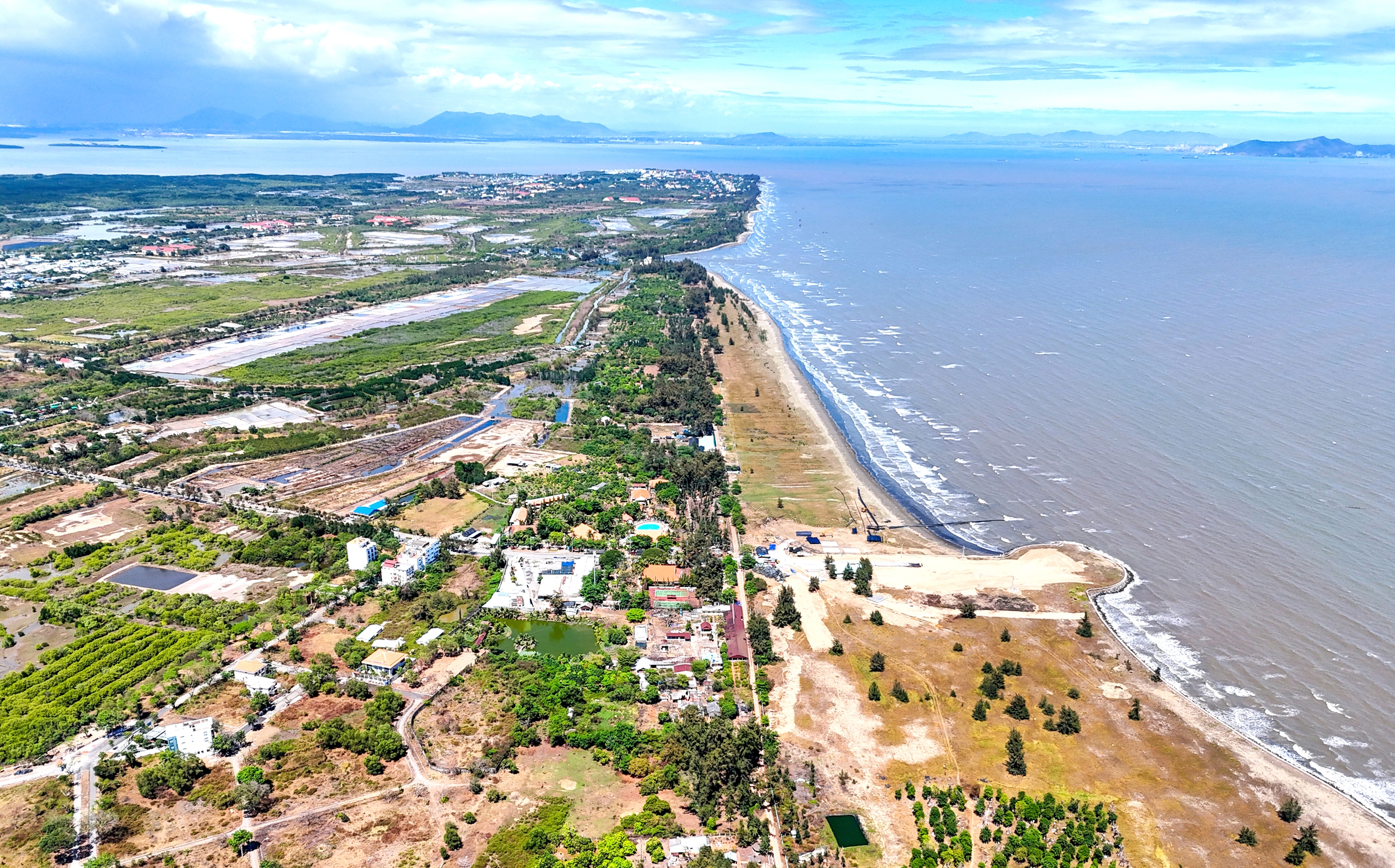
Saturn has just been discovered with 128 more moons - Photo: NY POST
The newly discovered moons are mostly small, potato-shaped objects, with diameters of only a few kilometers.
This discovery has been officially recognized by the International Astronomical Union (IAU).
New moons often cluster together, suggesting they may be the remnants of larger objects that broke apart within the past 100 million years.
Most Moons have elliptical orbits, tilted relative to the orbits of Moons closer to the planet.
Scientists say that closer observations of these mini-moons will help us better understand a chaotic period in the early Solar System, when planets had unstable orbits and collisions were frequent.
So, why does Earth have 1 Moon and Saturn has 274?
According to experts, the difference may stem from many factors related to the size, gravity and position of each planet in the Solar System.
Earth's moon is thought to have formed from a giant collision between the early Earth and a Mars-sized body called Theia about 4.5 billion years ago.
This collision created a large amount of debris, which later coalesced into the Moon we see today.
The Moon's relatively large size compared to Earth and the close distance between the two bodies have resulted in tidal locking, causing the Moon to always face only one side toward Earth.
In contrast, Saturn is a gas giant with a strong gravitational pull, allowing it to attract and retain many surrounding objects.

Earth has only one Moon - Photo: NY POST
Saturn's moons range in size and characteristics, from large moons like Titan, to small moons only a few kilometers across.
Saturn is much more massive than Earth, resulting in a stronger gravitational pull, allowing it to attract and retain more natural satellites.
Saturn is located in the outer regions of the Solar System, where many small, icy objects are easily captured by Saturn's gravity, becoming moons.
Studies suggest that many of Saturn's small moons may be fragments from larger moons destroyed in past collisions.
These fragments were then captured by Saturn's gravity, forming new Moons.
How many moons do other planets have?
Before the new discoveries about Saturn were announced, Jupiter held the record with more than 90 moons. Among them, the most prominent are the four Galilean satellites - Io, Europa, Ganymede and Callisto - discovered by astronomer Galileo Galilei in the 17th century.
Ganymede, the largest moon in the Solar System, is even larger than Mercury.
Uranus currently has 27 recognized moons, while Neptune possesses 14.
Triton - Neptune's largest moon - is notable for orbiting the planet in the opposite direction to most other moons in the Solar System.
Mars possesses two small moons, Phobos and Deimos, which are thought to be asteroids "captured" by the Red Planet's gravity from the nearby asteroid belt.
Scientists predict that in about 50 million years, Phobos will collide or break apart as it approaches Mars due to gravitational pull.
Source: https://tuoitre.vn/vi-sao-trai-dat-co-1-mat-trang-con-sao-tho-toi-274-20250318141810082.htm






![[UPDATE] April 30th parade rehearsal on Le Duan street in front of Independence Palace](https://vstatic.vietnam.vn/vietnam/resource/IMAGE/2025/4/18/8f2604c6bc5648d4b918bd6867d08396)
![[Photo] Prime Minister Pham Minh Chinh receives Mr. Jefferey Perlman, CEO of Warburg Pincus Group (USA)](https://vstatic.vietnam.vn/vietnam/resource/IMAGE/2025/4/18/c37781eeb50342f09d8fe6841db2426c)





















































































Comment (0)